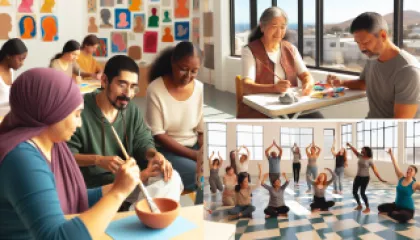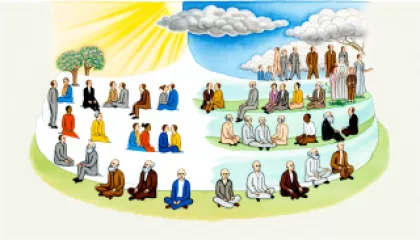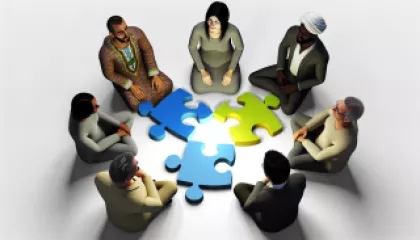Mastering Creative Therapy: A Comprehensive Guide
1 year ago
Creative Therapy
Deciphering Our Emotional Weather: A Perspective on Understanding Moods
1 year ago
Understanding Moods
The Psychological Impact of a Digital Nomad Lifestyle
1 year ago
Digital Nomad Psychology
Top 10 Effective Treatments for Seasonal Affective Disorder
1 year ago
Seasonal Affective Disorder
Unraveling the Psychology of Belief: Why We Hold Our Convictions
1 year ago
Psychology of Belief
Understanding Stress vs. Anxiety: A Comprehensive Guide
1 year ago
Stress vs Anxiety
Breaking Barriers: An Interview with a Diversity Expert on Confronting Bias
1 year ago
Confronting Bias
How Can You Effectively Overcome Your Fears?
1 year ago
Conquering Fears
Mastering the Art of Overcoming Resistance: A Comprehensive Guide
1 year ago
Understanding Resistance
Sparking Change: My Journey to Inspire and Motivate Others
1 year ago
Motivating Others
The Crucial Role of Trust Building in Strengthening Relationships
1 year ago
Trust Building
Transforming My Connections: A Personal Journey in Social Skills Training
1 year ago
Social Skills Training
5 Steps to Begin Mindfulness Meditation for Beginners
1 year ago
Mindfulness Meditation
10 Effective Strategies for Resolving Relationship Conflicts
1 year ago
Navigating Relationship Conflicts














